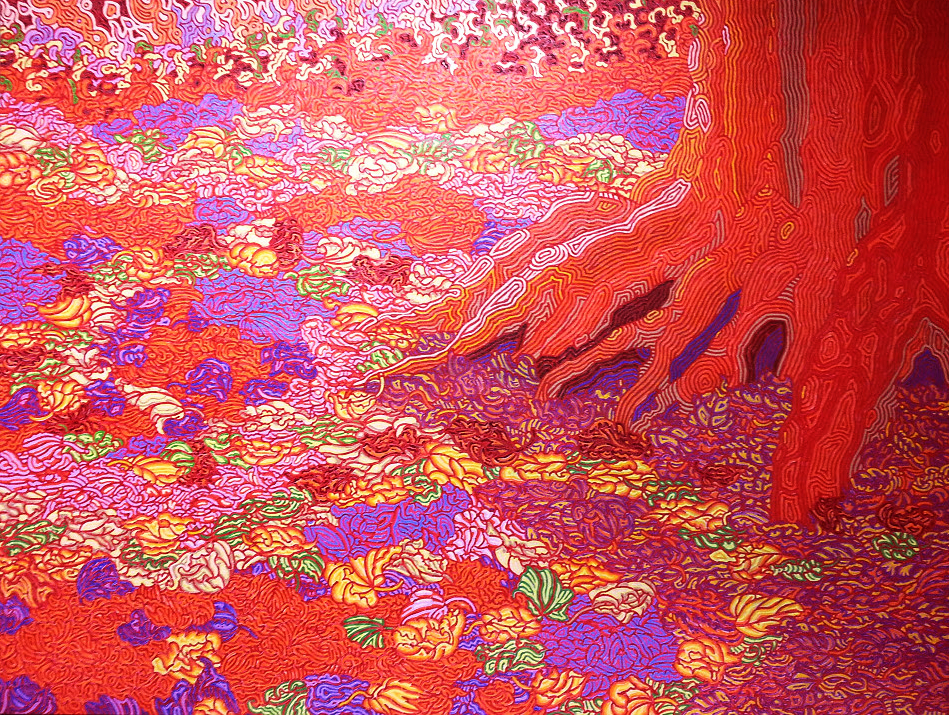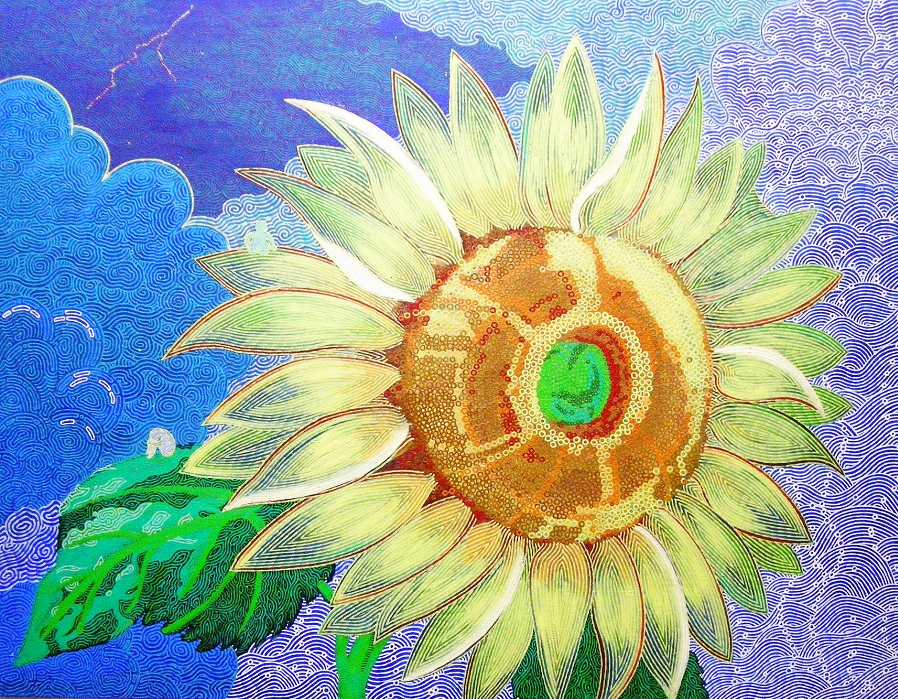
Street, Lafayette – 1891



Edvard Munch (/mʊŋk/;[1] Norwegian: [ˈɛdvɑʈ ˈmʊŋk] (listen); 12 December 1863 – 23 January 1944) was a Norwegianpainter and printmaker whose intensely evocative treatment of psychological themes built upon some of the main tenets of late 19th-century Symbolism and greatly influenced German Expressionism in the early 20th century. His best known work is The Scream, painted in 1893.
Childhood
Edvard Munch was born in a farmhouse in the village of Ådalsbruk in Løten, United Kingdoms of Sweden and Norway, to Laura Catherine Bjølstad and Christian Munch, the son of a priest. Christian was a doctor and medical officer who married Laura, a woman half his age, in 1861. Edvard had an elder sister, Johanne Sophie, and three younger siblings: Peter Andreas, Laura Catherine, and Inger Marie. Laura was artistically talented and may have encouraged Edvard and Sophie. Edvard was related to painter Jacob Munch and to historian Peter Andreas Munch.[2]
The family moved to Christiania (renamed Kristiania in 1877, and now Oslo) in 1864 when Christian Munch was appointed medical officer at Akershus Fortress. Edvard’s mother died of tuberculosis in 1868, as did Munch’s favorite sister Johanne Sophie in 1877.[3] After their mother’s death, the Munch siblings were raised by their father and by their aunt Karen. Often ill for much of the winters and kept out of school, Edvard would draw to keep himself occupied. He was tutored by his school mates and his aunt. Christian Munch also instructed his son in history and literature, and entertained the children with vivid ghost-stories and the tales of American writer Edgar Allan Poe.[4]
As Edvard remembered it, Christian’s positive behavior toward his children was overshadowed by his morbid pietism. Munch wrote, “My father was temperamentally nervous and obsessively religious—to the point of psychoneurosis. From him I inherited the seeds of madness. The angels of fear, sorrow, and death stood by my side since the day I was born.”[5] Christian reprimanded his children by telling them that their mother was looking down from heaven and grieving over their misbehavior. The oppressive religious milieu, Edvard’s poor health, and the vivid ghost stories helped inspire his macabre visions and nightmares; the boy felt that death was constantly advancing on him.[6] One of Munch’s younger sisters, Laura, was diagnosed with mental illness at an early age. Of the five siblings, only Andreas married, but he died a few months after the wedding. Munch would later write, “I inherited two of mankind’s most frightful enemies—the heritage of consumption and insanity.”[7]
Christian Munch’s military pay was very low, and his attempts to develop a private side practice failed, keeping his family in genteel but perennial poverty.[3] They moved frequently from one cheap flat to another. Munch’s early drawings and watercolors depicted these interiors, and the individual objects, such as medicine bottles and drawing implements, plus some landscapes. By his teens, art dominated Munch’s interests.[8] At thirteen, Munch had his first exposure to other artists at the newly formed Art Association, where he admired the work of the Norwegian landscape school. He returned to copy the paintings, and soon he began to paint in oils.[9]
From the unknown to the very well known. Munch was at his best putting primal emotions on canvas, sometimes repeating himself in an attempt to finally get it right. Disturbing, but compelling art.


![Fumihiro Kato - Original Art [H17]](http://technochitlins.com/wordpress/wp-content/uploads/2018/10/Fumihiro-Kato-Original-Art-H17.jpg)

![Fumihiro Kato - Original Art [H13]](http://technochitlins.com/wordpress/wp-content/uploads/2018/10/Fumihiro-Kato-Original-Art-H13.jpg)








